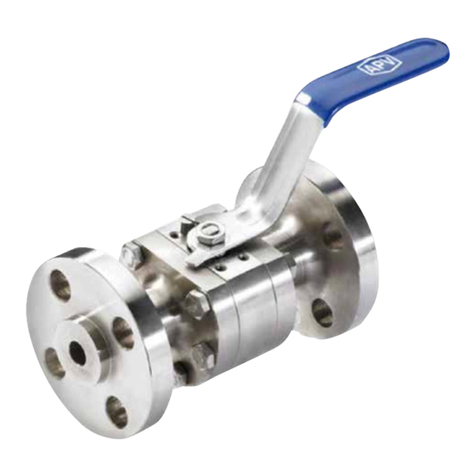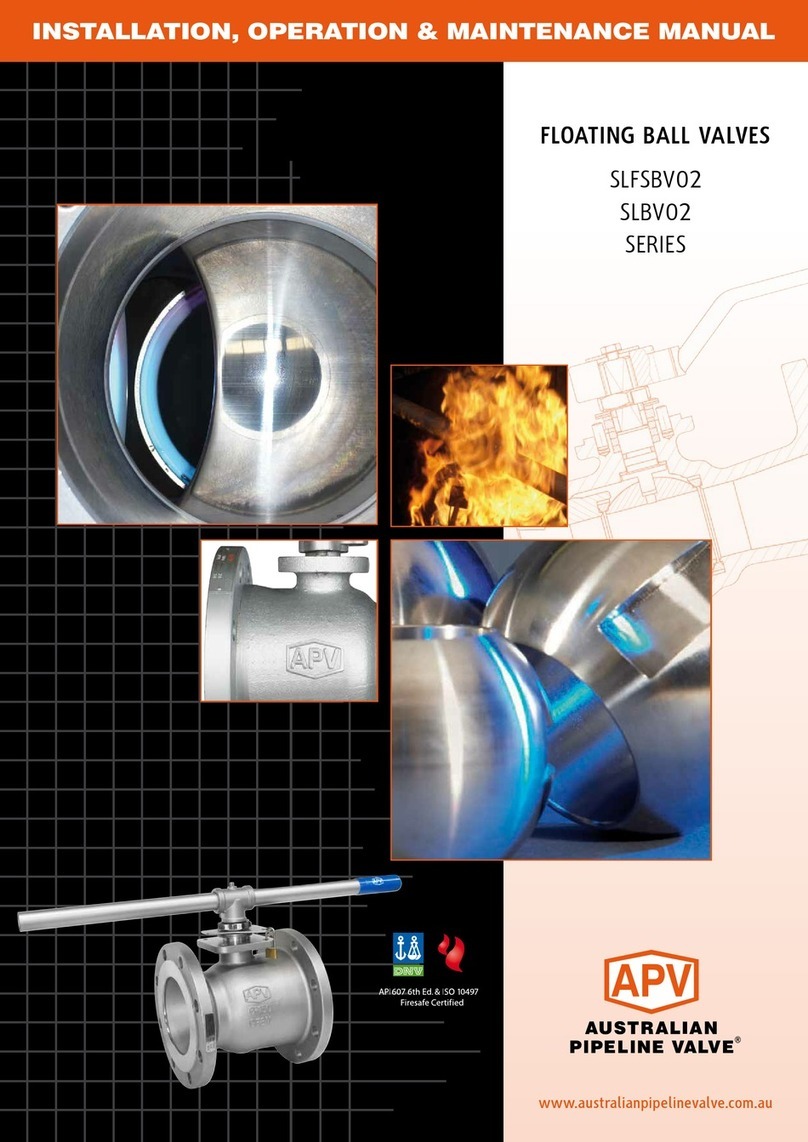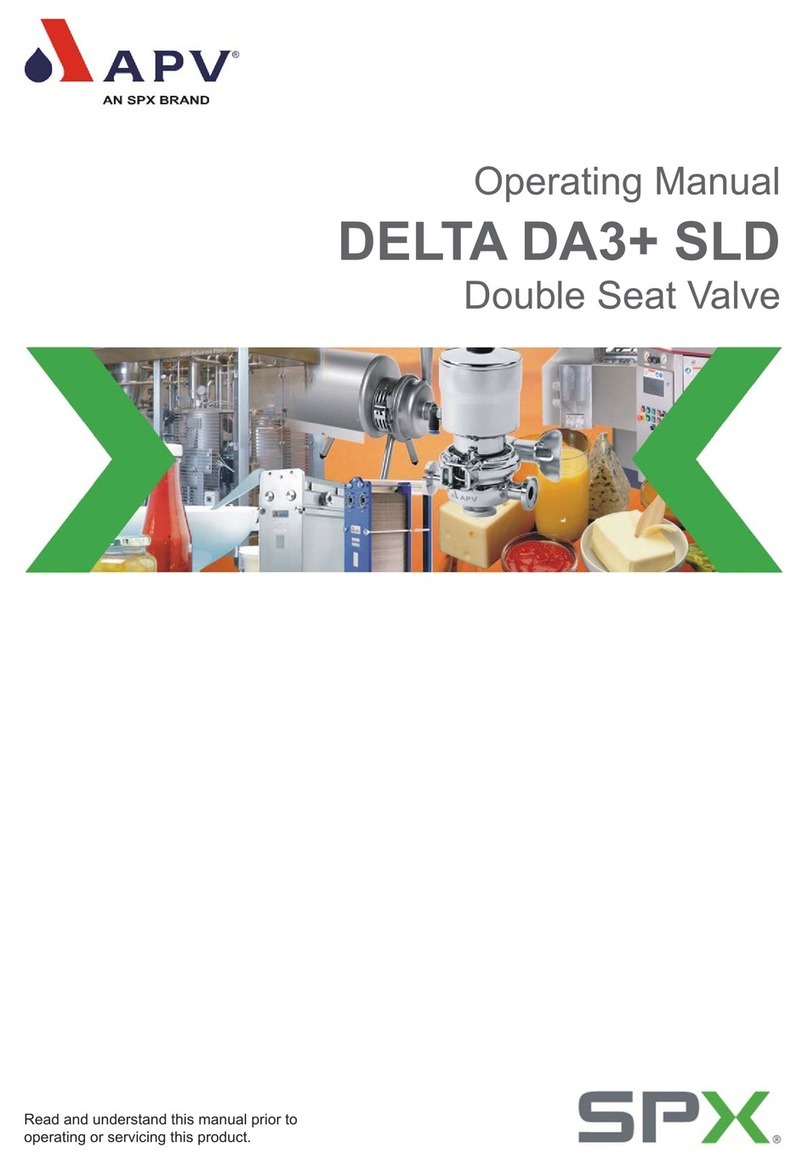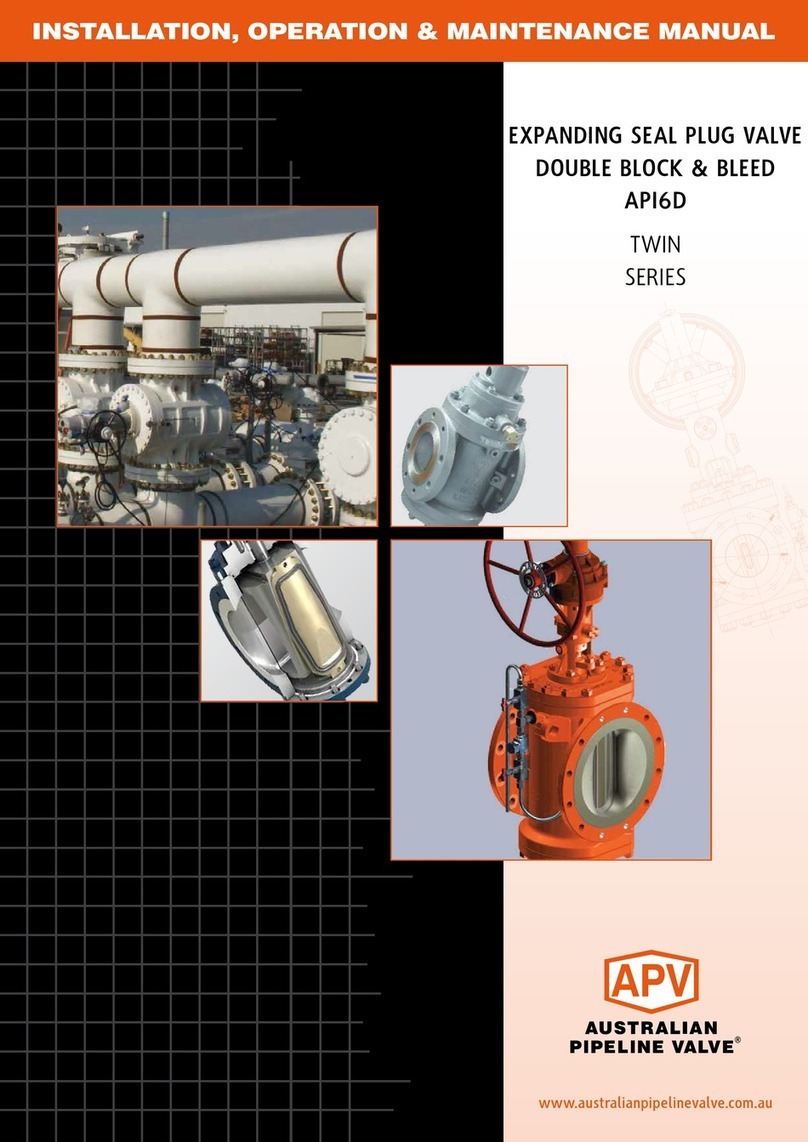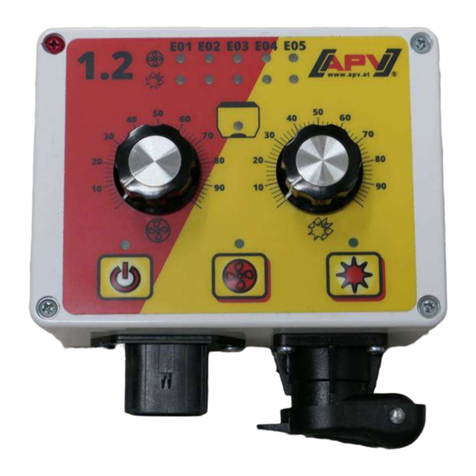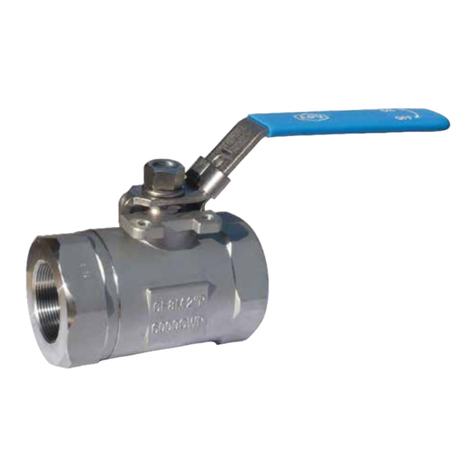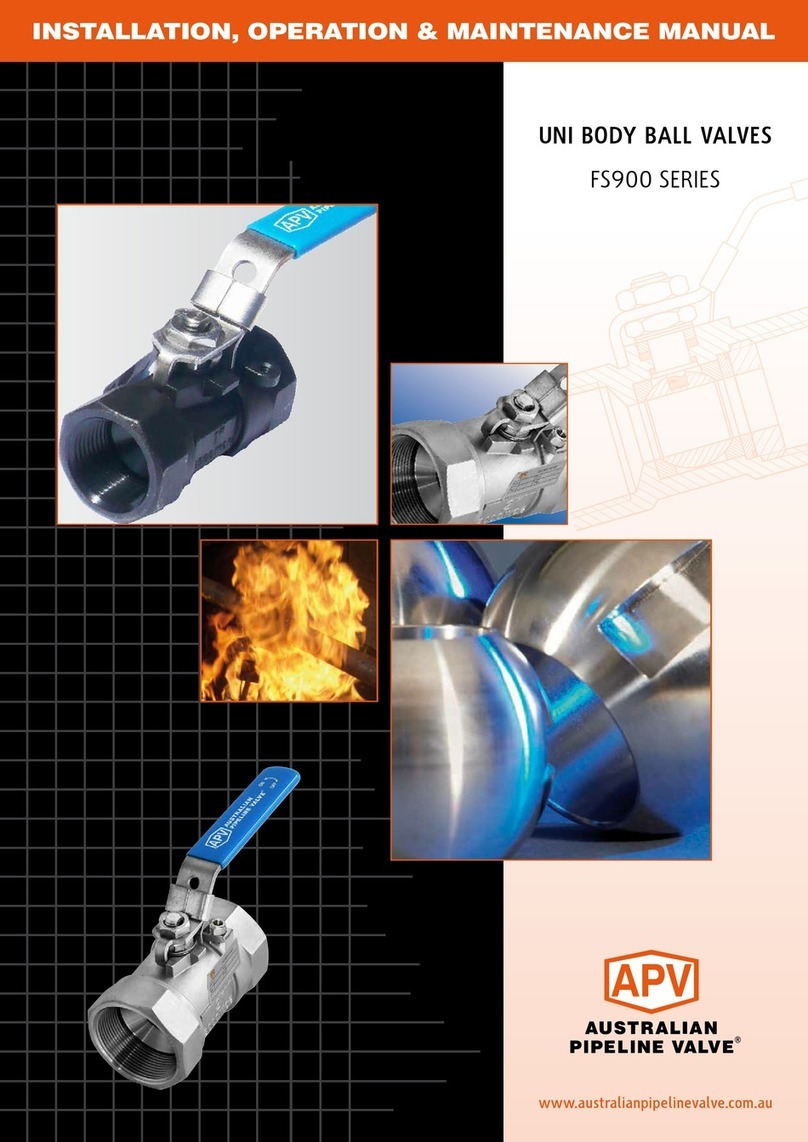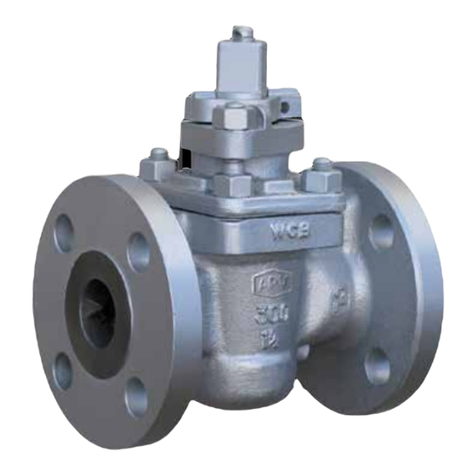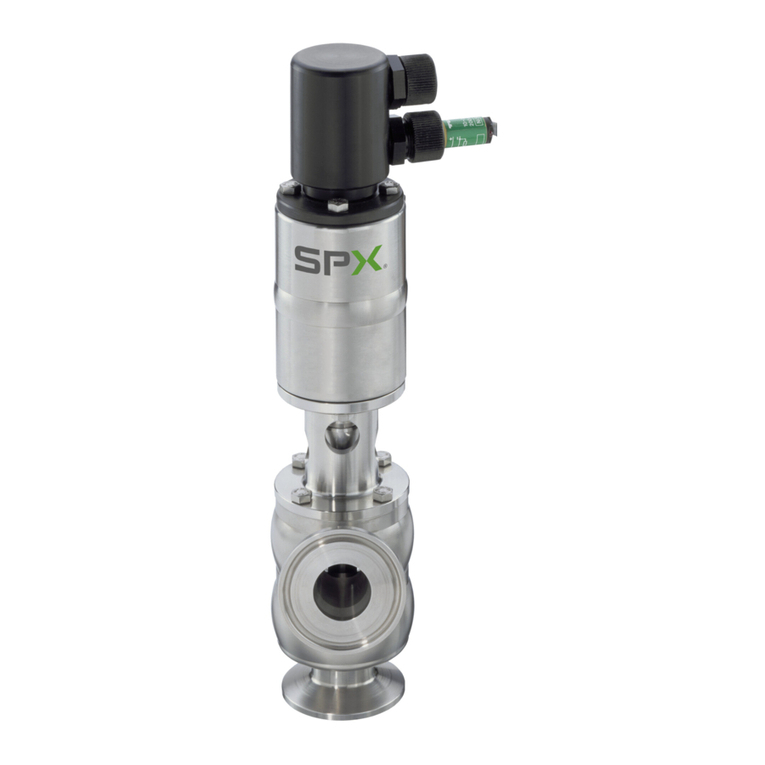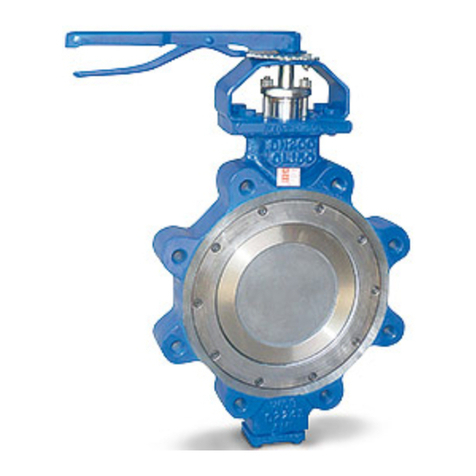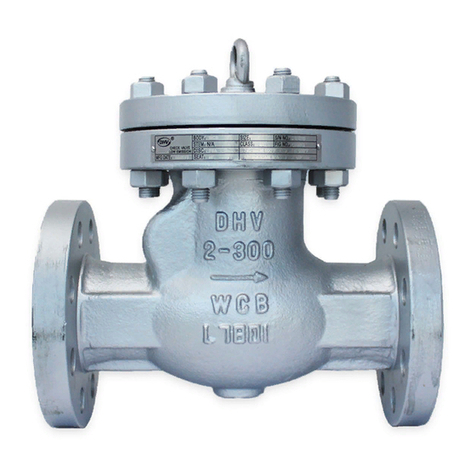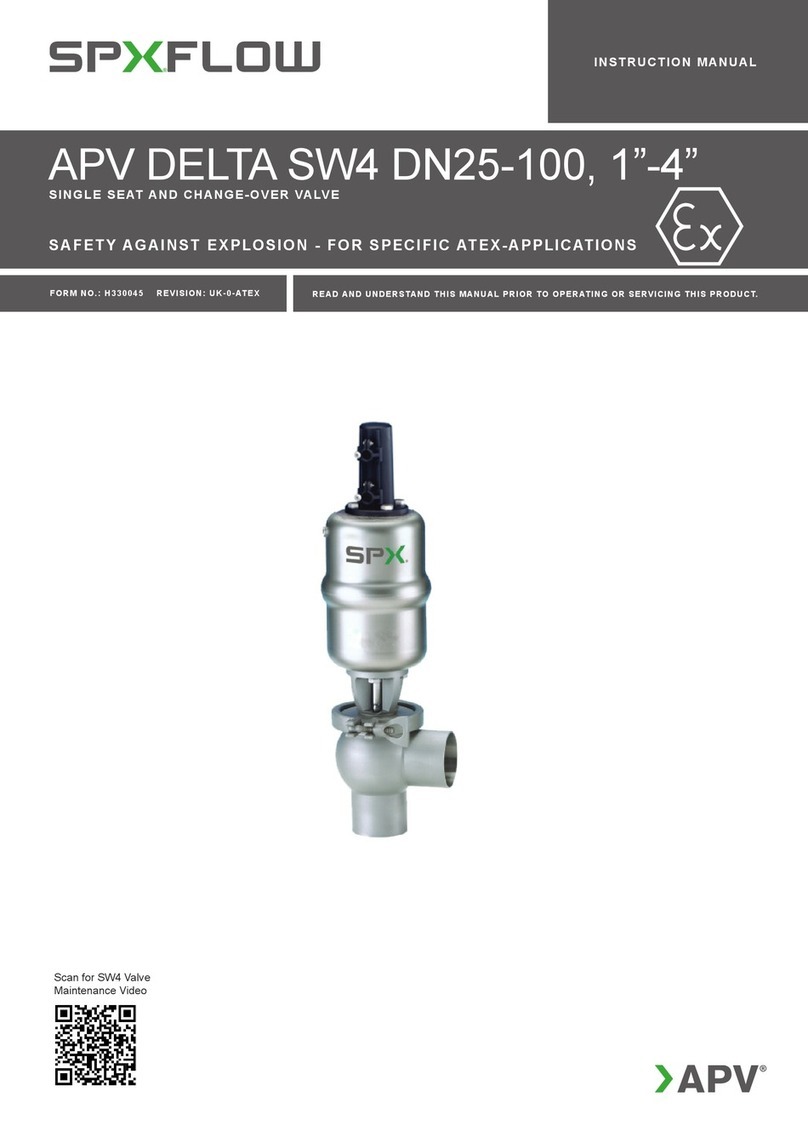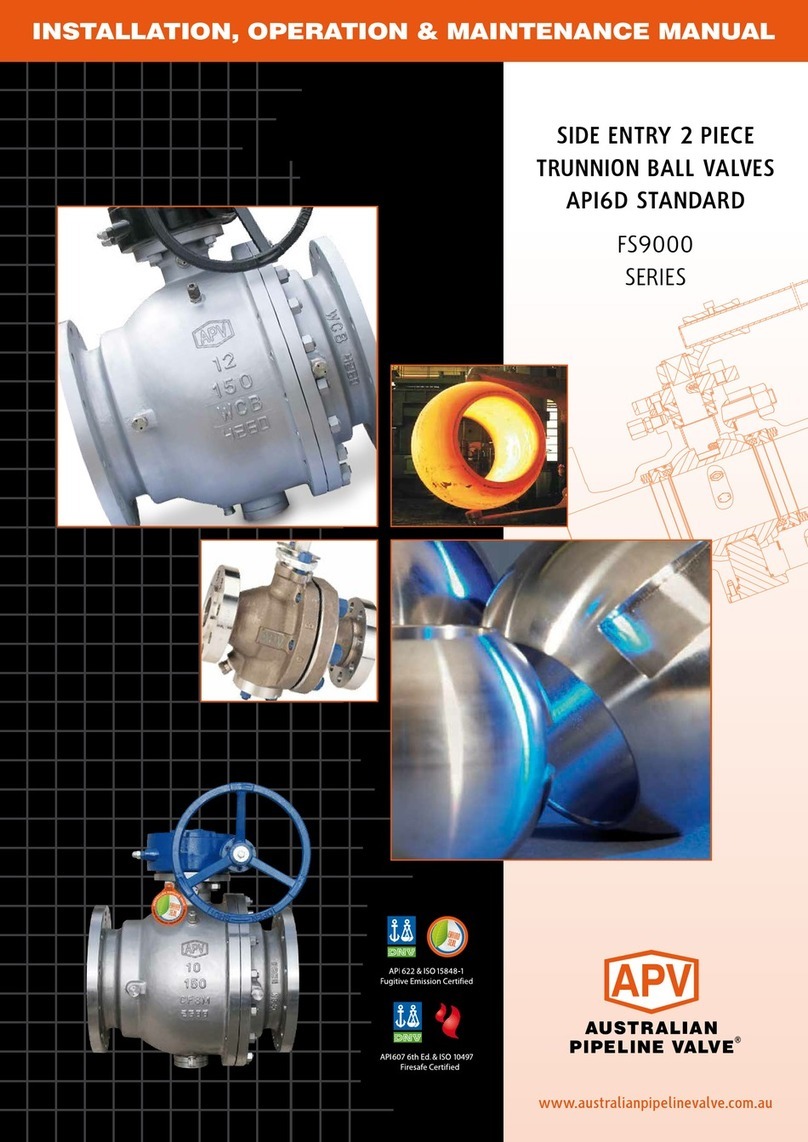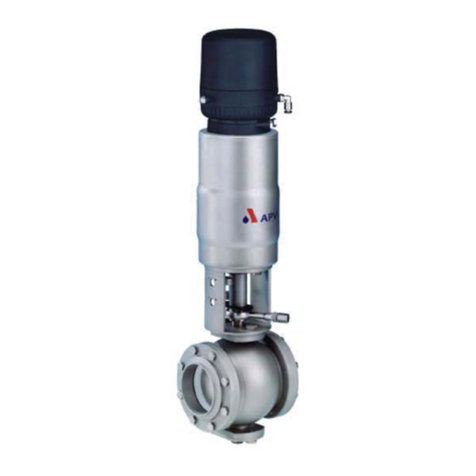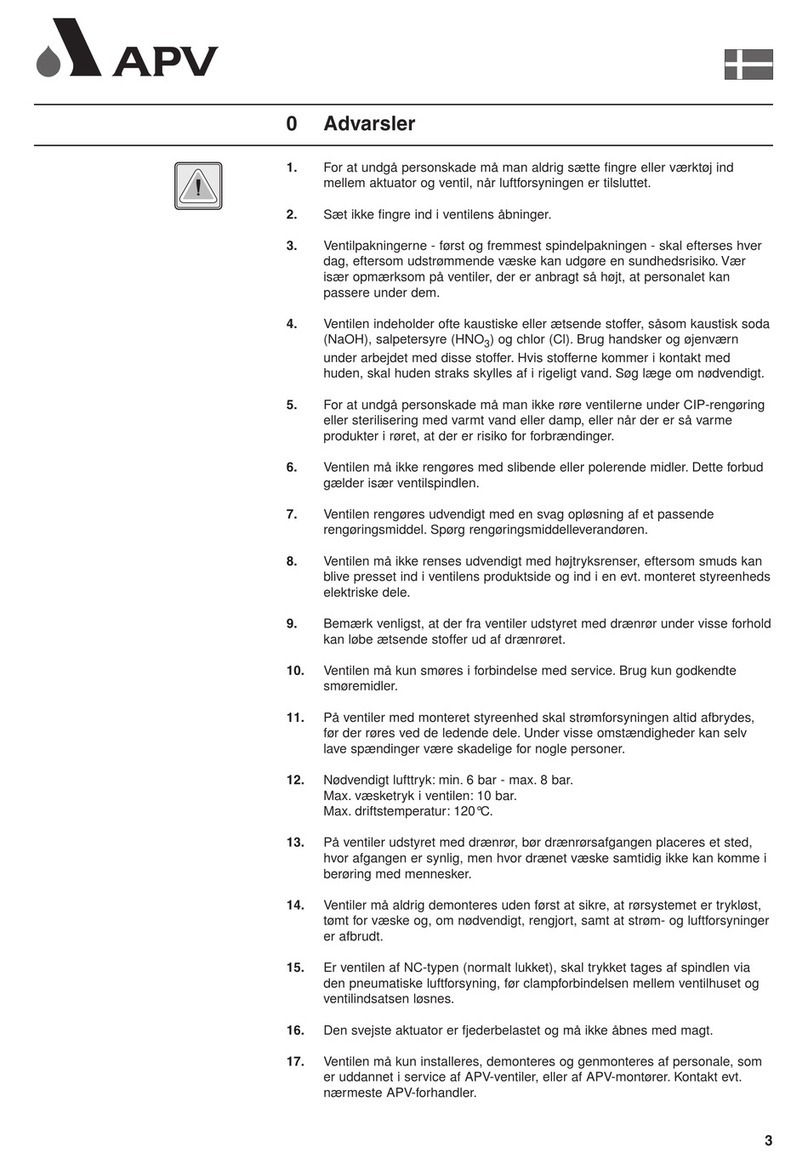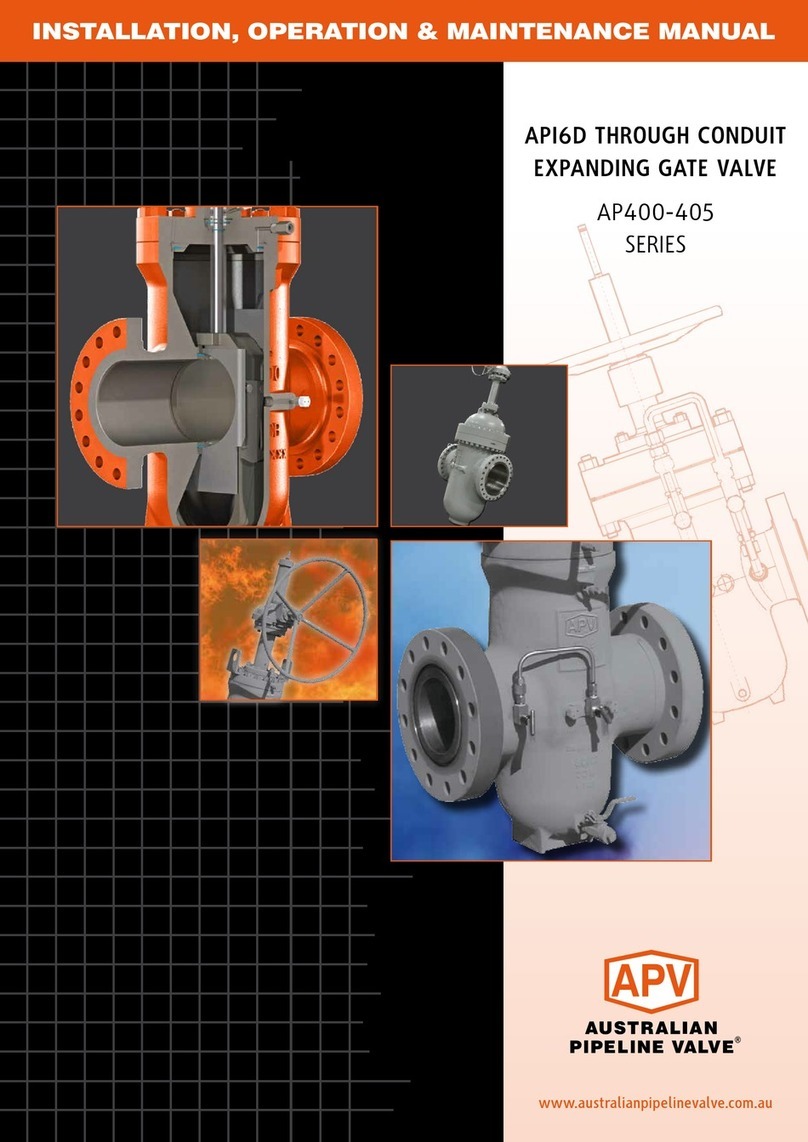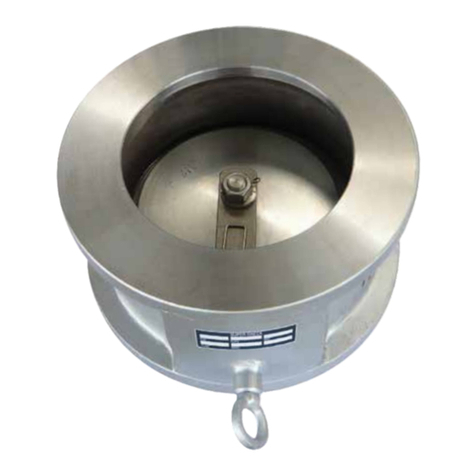
GLOBE VALVES OS & Y - FORGED - ISO 15761/API 602/B16.34
Australian Pipeline Valve - Installation, Operation and Maintenance Manual 3
INTRODUCTION
The majority of this information is common knowledge to experienced valve users. When properly
installed in applications for which they were designed, Australian Pipeline Valve (APV) valves will give
long reliable service. This instruction is only a guide for installation and operation on standard service and
covers general maintenance and minor repairs. A professional APV approved valve engineering facility
should be utilised for reconditioning or major repairs.
Note
We recommend that this entire document be read prior to proceeding with any
installation or repair. Australian Pipeline Valve and it’s parent company take no
responsibility for damage or injury to people, property or equipment. It is the sole
responsibility of the user to ensure only specially trained valve repair experts
perform repairs under the supervision of a qualified supervisor.
RESPONSIBILITY FOR VALVE APPLICATION
The User is responsible for ordering the correct valves. The user is responsible for ensuring APV Valves are
selected and installed in conformance with the current pressure rating and design temperature
requirements. Prior to installation, the valves and nameplates should be checked for proper identification
to ensure the valve is of the proper type, material and is of a suitable pressure class and temperature
rating to satisfy the requirements of the service application.
Do not use any valve in applications where either the pressure or temperature is
higher than the allowable working values. Also valves should not be used in service
media if not compatible with the valve material of construction, as this will cause
chemical attacks, leakage, valve failure.
RECEIVING INSPECTION AND HANDLING
Valves should be inspected upon receipt to ensure:
- Conformance with all purchase order requirements.
- Correct type, pressure class, size, body and trim materials and end connections.
- Any damage caused during shipping and handling to end connections, hand wheel or stem.
The User is advised that specifying an incorrect valve for the application may result
in injuries or property damage. Selecting the correct valve type, rating, material
and connections, in conformance with the required performance requirements is
important for proper application and is the sole responsibility of the user.

